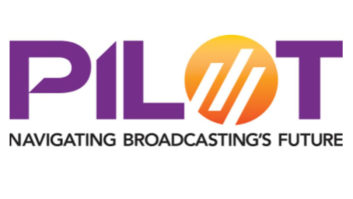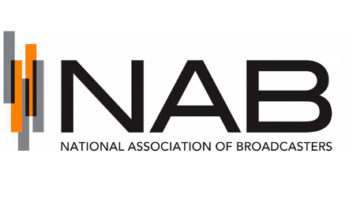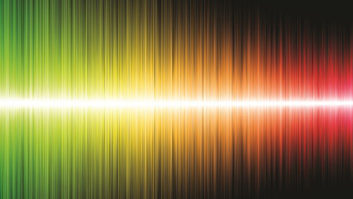This article originally appeared in TV Technology.
Just before Thanksgiving Day the NAB issued a short statement on NTIA support for the ENG Spectrum Sharing Agreement between broadcasters and the Department of Defense.
“We’re pleased the NTIA supports NAB’s and the Society of Broadcast Engineer’s agreement with the Department of Defense that will free up even more spectrum for U.S. wireless providers,” said Gordon Smith, NAB president and CEO. “This arrangement allows the FCC to hold a successful auction while ensuring that local TV stations retain essential emergency news gathering spectrum.
“Time and again, broadcast ENG airwaves have been a lifeline for local communities in crisis situations. We’re thankful the administration dismissed the idea that this lifesaving spectrum be repurposed to the wireless industry. NAB is grateful to Congressional leadership and the DOD spectrum team for its leadership, and we are committed to bringing to fruition this spectrum-sharing partnership.”
Details of the agreement are spelled out in a four-page letter from Karl B. Nebbia, associate administrator, Office of Spectrum Management at the National Telecommunications and Information Administration (NTIA). The NTIA fully supports the DOD proposal for the 1755–1780 MHz band which allows use of that band for LTE wireless broadband. Implementation of that proposal requires that DoD have shared access to the 2025–2110 MHz portion of the 2 GHz BAS band, and the DoD already has some operations in that band. The sharing would be achieved by adding a primary Federal Fixed and Mobile allocation to the 2025–2110 MHz with two footnotes that define the allowable operations and coordination. < /p>
The first footnote states: “Federal fixed and mobile operations in the band 2025–2110 MHz are co-primary and limited to the military services operating in accordance with the Frequency Allocation Table.”
It noted that in order to facilitate compatible operations, coordination would be required between federal and non-federal fixed and mobile operations in the Television Broadcast Auxiliary Service, the Cable Television Relay Service, or the Local Television Transmission Service. A proviso that “fixed and mobile military stations in the band shall not cause harmful interference to nor constrain the deployment and use of the band by these nonfederal services,” was also part of the agreement.
It added: “These nonfederal operations in the band shall make all reasonable efforts to accommodate military mobile and fixed operations in the band, but the nonfederal operations will have priority over such military operations.”
A second footnote in the document states: “Military stations operating in the fixed and mobile services in the band 2025–2110 MHz should, to the extent practicable, employ frequency-agile technologies and techniques, including the capability to tune to other frequencies, including modular retrofit capabilities, to facilitate sharing of this band with incumbent federal and non-federal operations.“
The footnote limiting military use of the 2025–2110 MHz spectrum to secondary, coordinated, nonaeronautical mobile operation at six sites would be deleted.
The filing containing the letter has additional documents explaining how the military will share the 1.7 GHz band with LTE wireless. It is worth reviewing to see how complicated it is. You can find the filing on the FCC’s Electronic Comment Filing System.
While not as difficult as transferring use of the 1.7 GHz spectrum, coordinating military and broadcast use of the 2 GHz BAS spectrum will not be easy. Coverage of breaking news stories complicates advanced coordination, and I suspect that military training exercises will make extensive use of the spectrum. While many such exercises take place on military bases in isolated areas, there are military bases close to major population centers where the 2 GHz band is heavily used. In some markets broadcasters have had a difficult time coordinating use of seven channels in this band during natural disasters such as fires. While the coordination will not be easy — I would imagine some sort of real-time spectrum management will have to be set up — I’m optimistic that it will work. With Congress eyeing their spectrum for wireless broadband, both broadcasters and DOD have an interest in making this coordination work and maximizing their use of the 2025–2110 MHz band.











